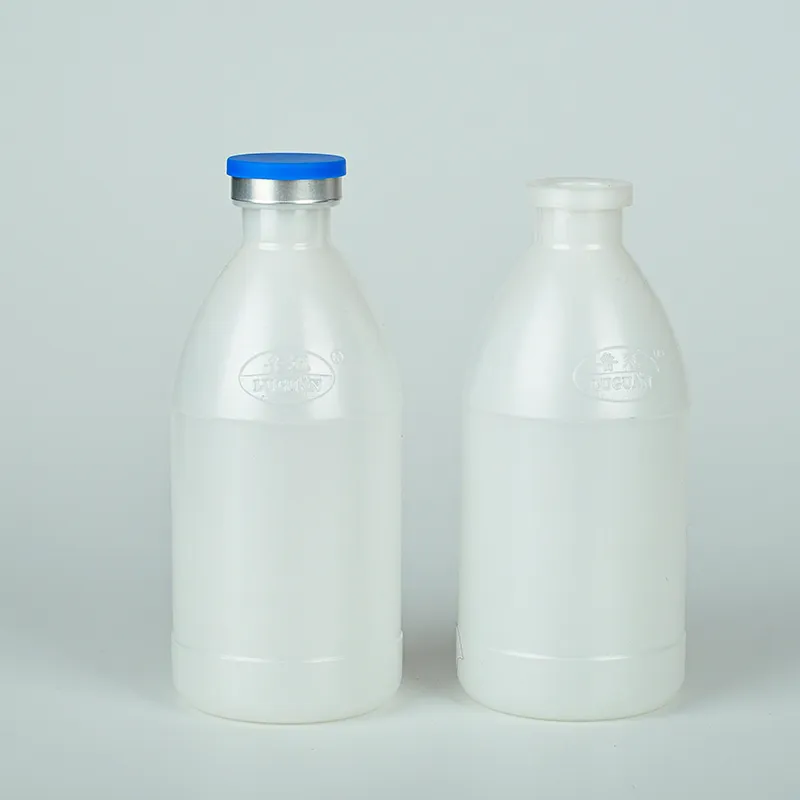small sample tubes
Exploring Small Sample Tubes A Key Tool in Modern Science
In the realm of scientific research, precision, efficiency, and adaptability are paramount. One innovative solution that has emerged to address these needs is the small sample tube. These compact containers serve as crucial components in a wide array of fields, from biotechnology to environmental science. Their significance cannot be overstated, and understanding their applications can enhance our appreciation for their role in scientific advancement.
Small sample tubes are designed to hold minimal amounts of substances, typically ranging from a few microliters to a few milliliters. This feature is particularly advantageous for experiments and analyses that require limited sample sizes, such as those involving rare biological materials or precious chemical compounds. In clinical and laboratory settings, professionals often deal with limited samples, such as blood or tissue, making small sample tubes indispensable for preserving and analyzing these materials.
One of the primary advantages of small sample tubes is their ability to minimize reagent use and reduce waste. In today’s environmentally-conscious world, the focus is increasingly on sustainable practices, and small sample tubes contribute to this goal. Researchers can conduct experiments with reduced volumes of chemicals, leading to lower costs and decreased environmental impact. Moreover, the small size of these tubes makes them ideal for automated systems, where they can be easily handled by robotic arms and integrated into high-throughput screening processes.
small sample tubes

In molecular biology, small sample tubes have transformed the way researchers conduct experiments. For instance, in polymerase chain reactions (PCR) – a critical method for amplifying DNA – the use of small tubes allows for quick and efficient amplification of limited genetic material. This is particularly useful in scenarios such as forensic analysis, where samples may be degraded or contaminated. Small sample tubes often come in various formats that suit specific applications, such as PCR tubes, cryogenic vials, and microcentrifuge tubes, each tailored for optimal performance in various environments.
Additionally, small sample tubes facilitate the handling and storage of samples in various temperature conditions, such as those required for cryopreservation. Proper storage is crucial in extending the life of biological samples, and small sample tubes are designed to withstand extreme temperatures, ranging from room temperature to deep freezers. This versatility ensures that samples remain viable for future analysis, preserving their integrity over time.
The versatility of small sample tubes extends into the field of environmental science as well. Researchers often collect soil, water, or air samples for analysis, and these samples may need to be transported over long distances. The lightweight and compact nature of small sample tubes makes them ideal for fieldwork, where space and weight are often limiting factors. In addition, their ability to seal tightly prevents contamination, ensuring that samples arrive at the lab in a condition suitable for accurate analysis.
In conclusion, small sample tubes represent a critical advancement in the toolkit of modern science. Their compact size, versatility, and efficiency allow researchers to conduct experiments with precision while minimizing waste and maximizing resource use. From molecular biology to environmental studies, these tubes have become an essential element in the exploration and understanding of diverse scientific inquiries. As technology continues to evolve, one can only anticipate further innovations in sample storage and analysis, with small sample tubes leading the way into the future of scientific research.
-
Aesthetic Makeup Spray Bottles | Fine Mist Empty RefillableNewsAug.19,2025
-
White Plastic Veterinary Vaccine Vials | Lab Liquid BottlesNewsAug.18,2025
-
Plastic Medicine Liquid Bottle: Secure Flip Top Drug VialsNewsAug.17,2025
-
Durable 250ml Blue Plastic Vaccine Vial for Lab & Vet UseNewsAug.16,2025
-
Sterile Virus Sample Tubes: Secure & Reliable Specimen CollectionNewsAug.15,2025
-
White 250ml Plastic Vaccine Vial for Lab & Vet MedicineNewsAug.14,2025
























